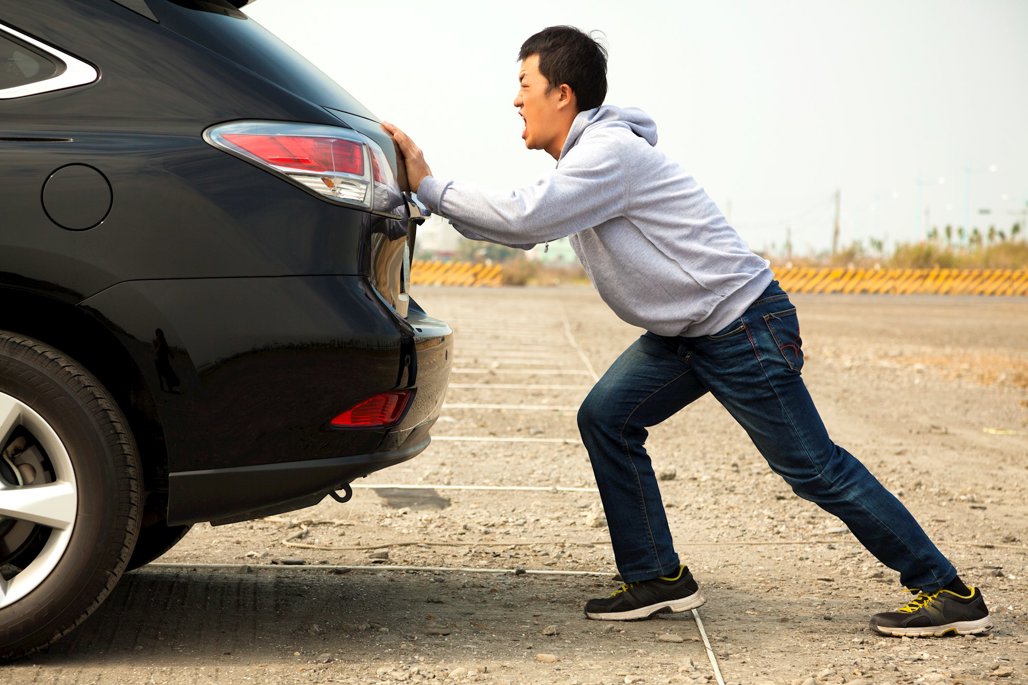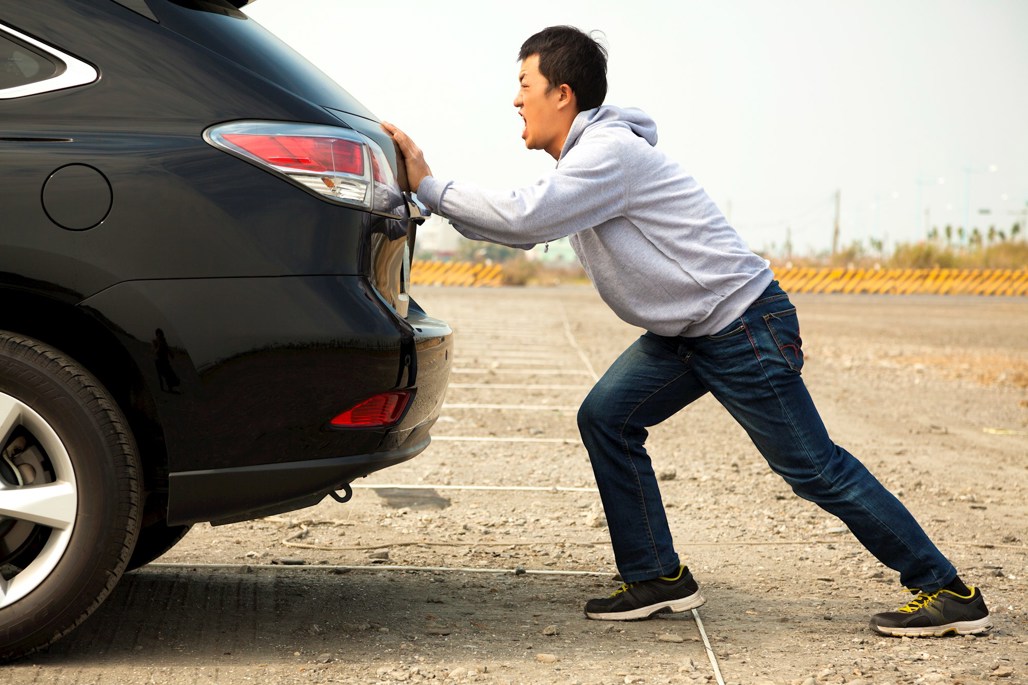Most car owners have experienced this at least once: hop into the driver’s seat, turn the key (or push the “Start” button), and the car won’t go.
Here are some common things to look out for, to avoid issues with starting your car.
Battery
This is the most common reason for a vehicle not starting by far. Sometimes you have warnings over the prior months – your car gets harder to start and the engine cranks over more slowly before firing into life. Eventually it gives up, you hear fast clicking noises instead of the starter engaging, then the dash lights flicker and turn off.
This is where you need assistance to test and replace the battery if required, to make sure the terminals are both clean and tight, and the charging system is in good order.
Loose or dirty battery terminals can give similar symptoms where they contact under light load (when the car is running), but fail when cranking. This is usually evident by sparks or smoke around the area of compromised contact.
Is the battery light on?
Strangely enough, the battery light doesn’t give warning that the battery is necessarily failing; it’s more an indication of a charging system fault. If the alternator charging circuit is not complete, it brings up a warning light on the dash display to say that the battery is not being charged. If that’s the case, stop driving immediately or the battery will go flat and the vehicle will turn off in the middle of the road.
The amount of time it takes for a failing battery to receive a charge and then go flat enough to stop the engine, depends on the electrical load being used. It will happen in no time on a cold, wet night where the lights, wipers, and heater are all operating, unlike the middle of the day where fewer battery sapping ancillaries are used.
The alternator could be faulty or the belt that runs it could be broken; in either scenario it’s best not to drive.
Do you hear a clicking sound?
A single click every time you turn the key to start your car can be a sign that the starter motor solenoid is trying to engage the starter, but the contacts are worn and the power isn’t getting through.
If this happens but it starts eventually, take it as a warning - your starter may be on its way out and you will need to get it checked before the car fails when you least expect it.
This issue is often confused with battery problems and people wonder why a jump start or charge won’t work.
Is the engine “winding over”?
This one is a little bit difficult to determine without investigation, but some common causes can be:
- The key chip is missing or the immobiliser is on
- You’ve recently switched to your spare key
- The key has been dropped or taken apart for battery replacement
You might also have also filled up with the wrong fuel - if your car won’t start on the forecourt or sputters to a halt as you attempt to leave, check your receipt and see what fuel you’ve just put in. The fuel gauge could be faulty (saying you have fuel when you don’t) or you may even have even run out of fuel.
If the engine malfunction indicator lamp is on and the car won’t start, this is the car telling you that an electronic sensor governing the engine has detected a fault. The car won’t start until it’s fixed, as further damage could occur.
Some of these issues can cause the vehicle to start in one instant and just wind over the next. In most of these cases, it would be best to have the vehicle checked and diagnosed by AA Roadservice breakdown assistance, or at an AA Auto Centre or AA Approved Repairer.
To help reduce the chances of any battery-related incidents, AA Members are entitled to two free AA 10-point vehicle checks per year, which include a 12v battery test.




